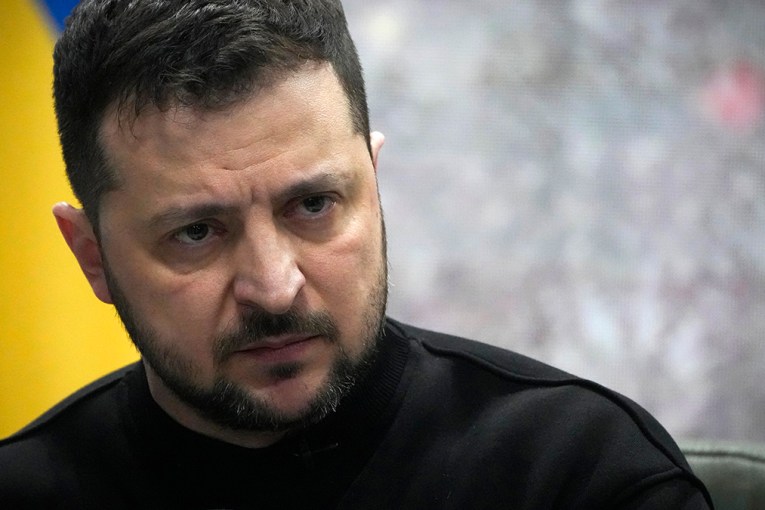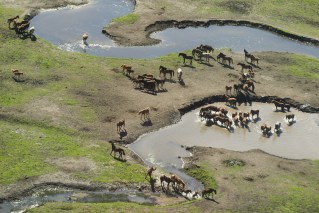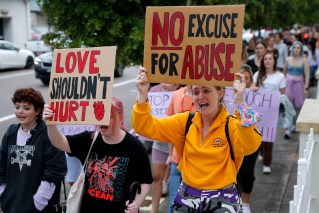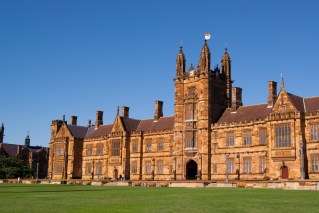Australia must vaccinate 90 per cent of whole population to avoid mass fatalities: Report

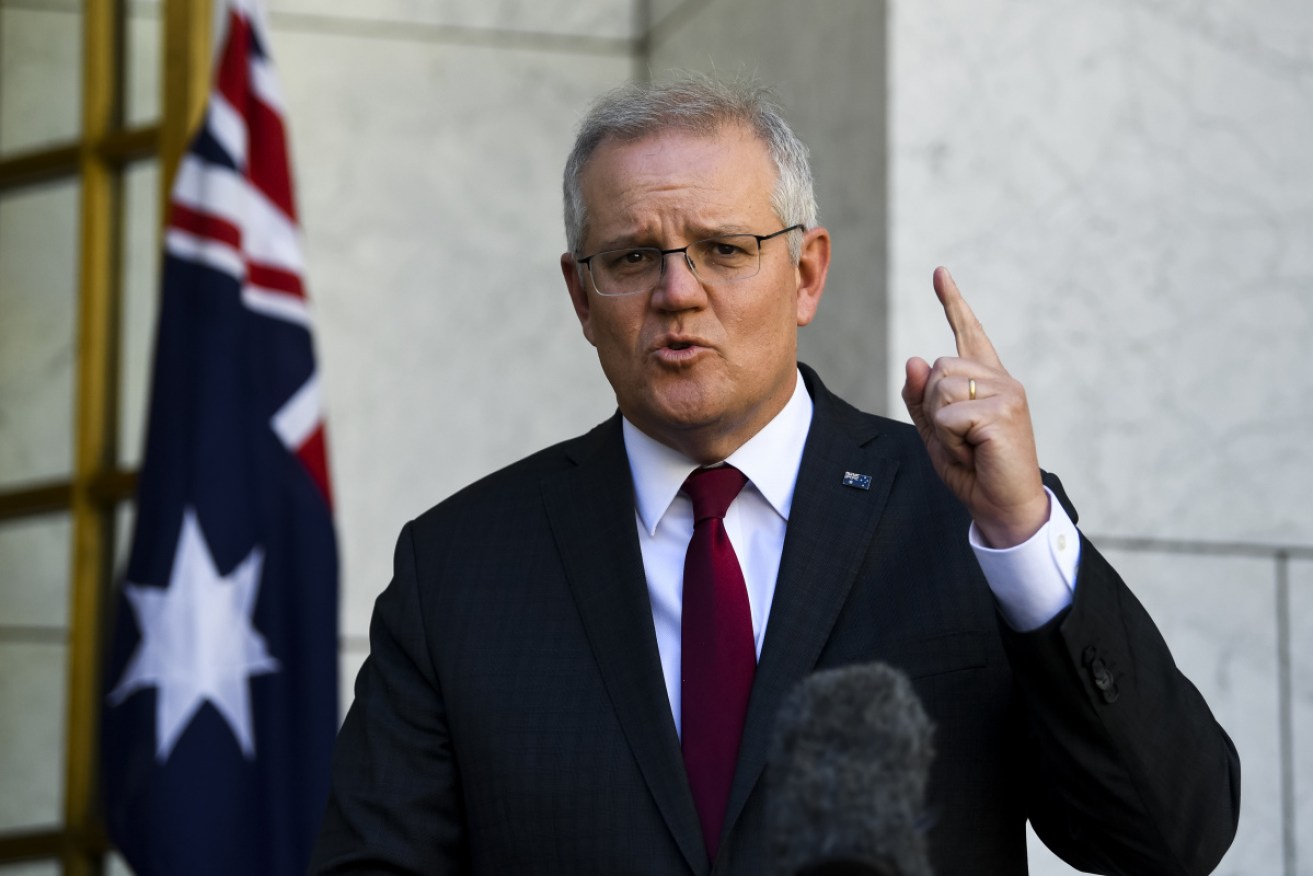
Prime Minister Scott Morrison wants the states to abandon strict lockdowns once they achieve 70 per cent vaccination rates. Photo: AAP
New expert analysis argues Australia must vaccinate 90 per cent of the whole population before removing COVID restrictions, warning of huge outbreaks and thousands of deaths under the current reopening plan.
It comes as Prime Minister Scott Morrison tries to corral state premiers into honouring their commitments to the 70 and 80 per cent targets linked to the Doherty Institute modelling, after Labor leaders in Queensland and Western Australia raised new hesitations.
“The national plan we have developed and agreed is our pathway to living with this virus. That is our goal, to live with this virus, not to live in fear of it,” a frustrated Mr Morrison said on Monday.
“We cannot hold back.”
New modelling warns of deaths, infections
The Doherty Institute modelling, the critical lynchpin of the four-stage reopening roadmap, is the flashpoint for the latest interstate COVID stoush.
That scientific analysis lays out that Australia can gradually lift COVID rules and end lockdowns when vaccination rates hit 70, then 80, per cent of the eligible population aged over 16.
However, critics have noted there are no targets for vaccinating children under 16, who account for large percentages of the infections in outbreaks in Sydney, Melbourne and Canberra.

Vaccination rates need to be higher, experts claim. Photo: Getty
Separate modelling released on Tuesday – conducted by epidemiologists and economists from the Australian National University, University of Western Australia and University of Melbourne – claims Doherty’s targets are too low.
Not only should Australia be aiming for targets of 90 per cent, those experts say, but these targets should be based on the entire population – not just the over-16s on which the Doherty numbers are based.
“We found substantial morbidity and mortality is likely to occur if the Australian government sticks to the national plan,” claimed ANU economist, Professor Quentin Grafton.
The modelling, also helmed by UWA epidemiologist Dr Zoë Hyde and Melbourne economist Professor Tom Kompas, claimed there could be 6.9 million COVID cases if Australia opened up after only vaccinating 70 per cent of those aged over 16.
They also claimed that benchmark would see 154,000 hospitalisations and 29,000 deaths.
“Vaccinating over 90 per cent of Australians, including children, is required to avoid substantial morbidity and mortality,” the modelling states.
The national roadmap does not propose full reopening at 70 per cent, or even 80 per cent, but instead a gradual easing of rules.
The final stage, with almost full reopening and where Australia would plan to manage COVID-19 like “other infectious diseases”, won’t be reached until the achievement of an as-yet-unspecified vaccination rate above 80 per cent.
However, Professor Grafton’s modelling claims that even reopening at 80 per cent of the adult population would see 25,000 deaths and 270,000 cases of ‘long COVID’ – the lingering and sometimes serious long-term effects of the virus.
“The consequences of prematurely and fully relaxing public health measures to suppress COVID-19, even after vaccinating 80 per cent of adults, would likely be irreversible, and unacceptable to many Australians,” Dr Hyde said.
However, hitting a 90 per cent vaccination rate could be difficult, if not impossible.
The federal government’s behavioural economics teams predict substantial incentives will be needed just to get to 80 per cent.
No vaccines are yet approved in Australia for children, but medical regulators are currently considering Pfizer applications for those as young as 12.
States must ‘honour’ reopening plan: Commonwealth
The independent modelling, separate to the Doherty numbers, will do little to quell a simmering state-federal spat that threatens to boil over.
Mr Morrison and his team spent the weekend and Monday trying to warn state leaders not to waver on the Doherty reopening plan, to which they all agreed at two separate national cabinet meetings.
Home Affairs Minister Karen Andrews slammed Queensland deputy premier Steven Miles for suggesting his state may not reopen its border to NSW even after 80 per cent vaccination.
Treasurer Josh Frydenberg said the Commonwealth would refuse to stump up cash for lockdowns in future, while assistant attorney-general Amanda Stoker said premiers must “honour” their promises.
“It is not OK for state governments to change the goalposts or to, in their own political games, try to manipulate this,” she said.

Scott Morrison says Australia must not “fear” the post-COVID environment. Photo: AAP
On Monday, WA Premier Mark McGowan also reserved his right to keep instituting lockdowns and border closures.
“We don’t need rash decision making on the basis of what is happening in NSW,” he said.
“Just because the NSW government has made a mess of it doesn’t mean the rest of us should suffer.”
Mr Morrison took aim at those who would “undermine” the Doherty plan, stressing that all states had signed up to the roadmap.
“If not at 70 per cent and 80 per cent, then when?” he said.
“We must make that move.”
In Parliament’s question time on Monday, Mr Morrison said he had received verbal briefings from Doherty experts about whether NSW’s current high caseload would affect the reopening plan.
The PM said he had received assurances it would not change the roadmap, but declined to make those details public.
However, Doherty Institute director Sharon Lewin confirmed that “the model still holds, depending on whether you start on low numbers or high numbers”.
“Once you have 70 to 80 per cent of people vaccinated, whether you start at 30 cases or 800 cases, you can still open up safely,” Professor Lewin told ABC’s The Drum.
Queensland and WA have, by far, the lowest vaccination rates in the country, which are well below the national average.
In NSW and the ACT, 59 and 59.2 per cent of people respectively have received their first dose. In contrast, Queensland’s first-dose rate is only 46.6 per cent, while WA’s is just 45.9.
“Our goal must be to help people overcome those fears and not give in to them,” Mr Morrison said.
“This cannot go on forever. This is not a sustainable way to live.”
Mr Morrison redoubled his newly sharpened rhetoric on Australians needing to be prepared for rising case numbers, once vaccination rates are high and COVID restrictions are relaxed.
The Doherty modelling sets out that “low-level” rules like crowd limits and capacity densities will remain into the future.
“We must ensure that our public health systems are ready for the increase in the number of cases that will occur,” the PM said.
“We must adjust our mindset. Cases will not be the issue once we get above 70 per cent.
‘‘Dealing with serious illness, hospitalisation, ICU capabilities, our ability to respond in those circumstances, that will be our goal. And we will live with this virus as we live with other infectious diseases.”
Mr Morrison has previously called for Australians to come out from “under the doona” of COVID rules.
On Monday, he said the nation could not “stay in the cave forever”.
“This groundhog day has to end, and it will end when we start getting to 70 per cent and 80 per cent,” he said.
